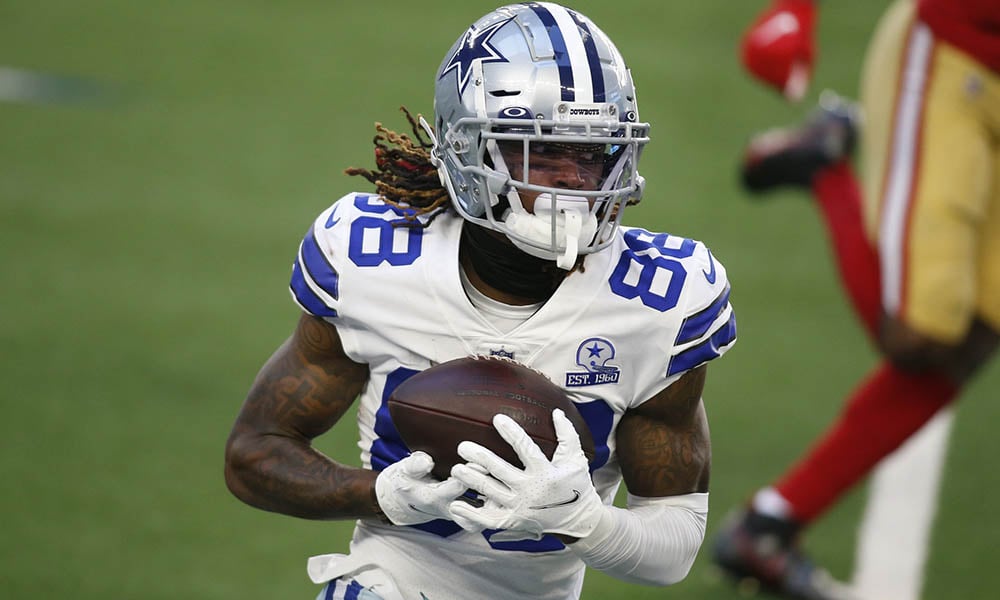Former Falcons and Colts quarterback Matt Ryan is retiring from the NFL.
Read more
Have we pushed CeeDee Lamb up our dynasty rankings too soon?
Gain Instant Access to this resource and so much more!.
Premium membership provides access to all of our industry-leading dynasty fantasy football content.
You can also get a DLF Premium Membership for FREE! Find out how.
Want more info about DLF Premium? Find out more
Have questions or need some help? Contact Us
Already a DLF Premium Member? Log in now!


Select your favorite players for easy access to news and updates.
Former Falcons and Colts quarterback Matt Ryan is retiring from the NFL.
Read moreQuarterback Zach Wilson has been traded to Denver along with a seventh round pick in exchange for a sixth round pick.
Read moreGiants tight end Darren Waller is still mulling retirement.
Read moreRavens wide receiver Zay Flowers will not be charged.
Read moreThe Chargers are signing running back JK Dobbins to a one-year deal.
Read moreThe Cowboys have signed free agent running back Royce Freeman.
Read more



Have we pushed CeeDee Lamb up our dynasty rankings too soon?
Gain Instant Access to this resource and so much more!.
Premium membership provides access to all of our industry-leading dynasty fantasy football content.
You can also get a DLF Premium Membership for FREE! Find out how.
Want more info about DLF Premium? Find out more
Have questions or need some help? Contact Us
Already a DLF Premium Member? Log in now!